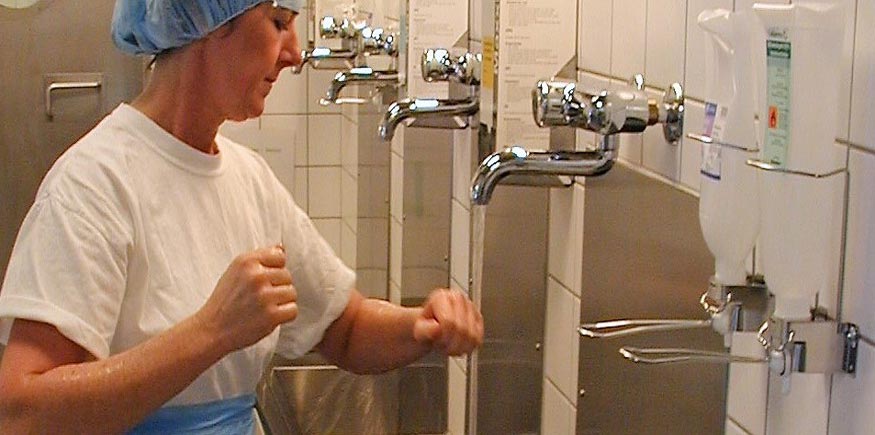You may not want to know this, but hospital plumbing according to plumbers is a huge reservoir of drug resistant superbug germs. They splash about in the plumbing and share their superpowers with other bacteria. Checks of plumbing in major hospitals show drains can be full of dangerous bacteria.
The thing is that the germs are breeding down there and passing their drug-resistant properties on to other germ species. The superbugs are not found anywhere else in hospitals and as a result are not a threat to the general public. However, hospitals should be aware of the potential problem and keep ahead of any possible risks.
Looking for the Superbug
The search for these germs was brought about by the deaths of 7 patients after an outbreak of antibiotic-resistant infections. They discovered a bug by the name of carbapenem-resistant Klebsiella pneumoniae. Medical centre officials made a concerted effort to find out how the patients became infected. Many of the bugs were found to be living in the plumbing and the sink drains even though these had been scrubbed out. An investigating team, independent to the hospital found that the bacteria could splash back out of sink drains.
Other tests showed that more common areas such as bed rails, bench tops, doorknobs and wheelchairs did not harbour the superbug germs. Only 1% of the samples had the carbapenem resistance.
Healthy people are not at risk from this bug.
In addition to the drains, closets holding housekeeping items were found to be a source of the bacteria. All wastewater samples taken from the piping systems of the intensive care unit contained at least one bug producing organism. Strangely enough, very few ICU patients were infected by the bacteria. The wastewater pipe and external manholes contained the organisms and that meant there was a large reservoir.
Public Concerns
Should the general public be worried? Apparently not as healthy people tend to have a resistance to the bug. However, premature babies, people with poorly functioning immune system like cancer patients, are vulnerable to infection. It was found that mop buckets also carried a similar type of organism.
Should all hospitals be checked for this type of problem? Testing suggests that these carbapenamese organisms exist in drains and go undetected.
Figures from the USA state that 23,000 people die every year from antibiotic resistant bacteria. Also that 722,000 people pick up infections in hospitals.
The point is that it is impossible to sterilise hospitals and make them 100% clean. Closets storing cleaning equipment will be the home of many germs. Thе important thing is tо kеер wastewater, dіrtу mорѕ аnd аnуthіng еlѕе thаt mау spread thеѕе gеrmѕ away from раtіеntѕ. Drains can be kept clean if they are regularly flushed with water. Another great idea is that every hospital should have an infection control officer.

